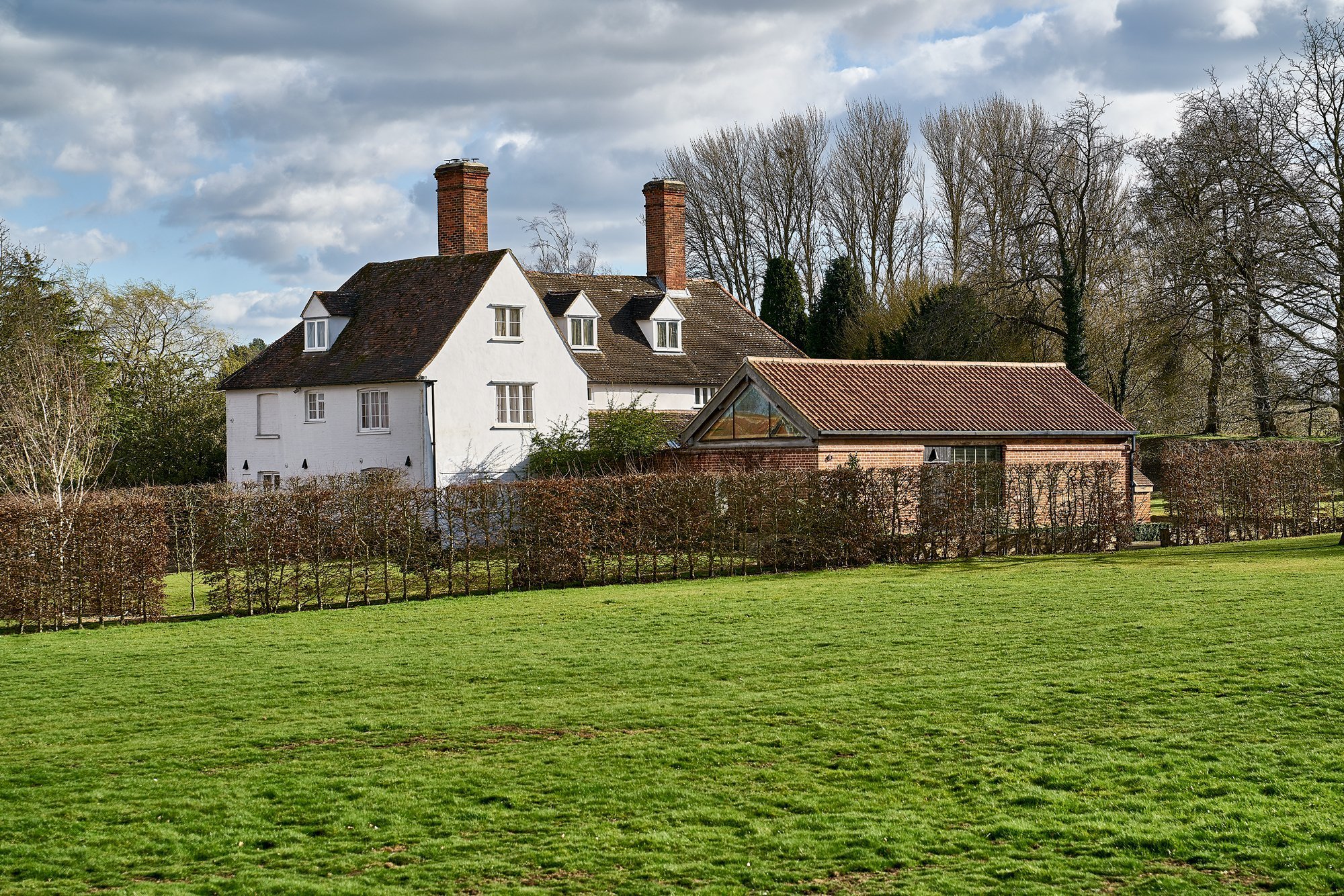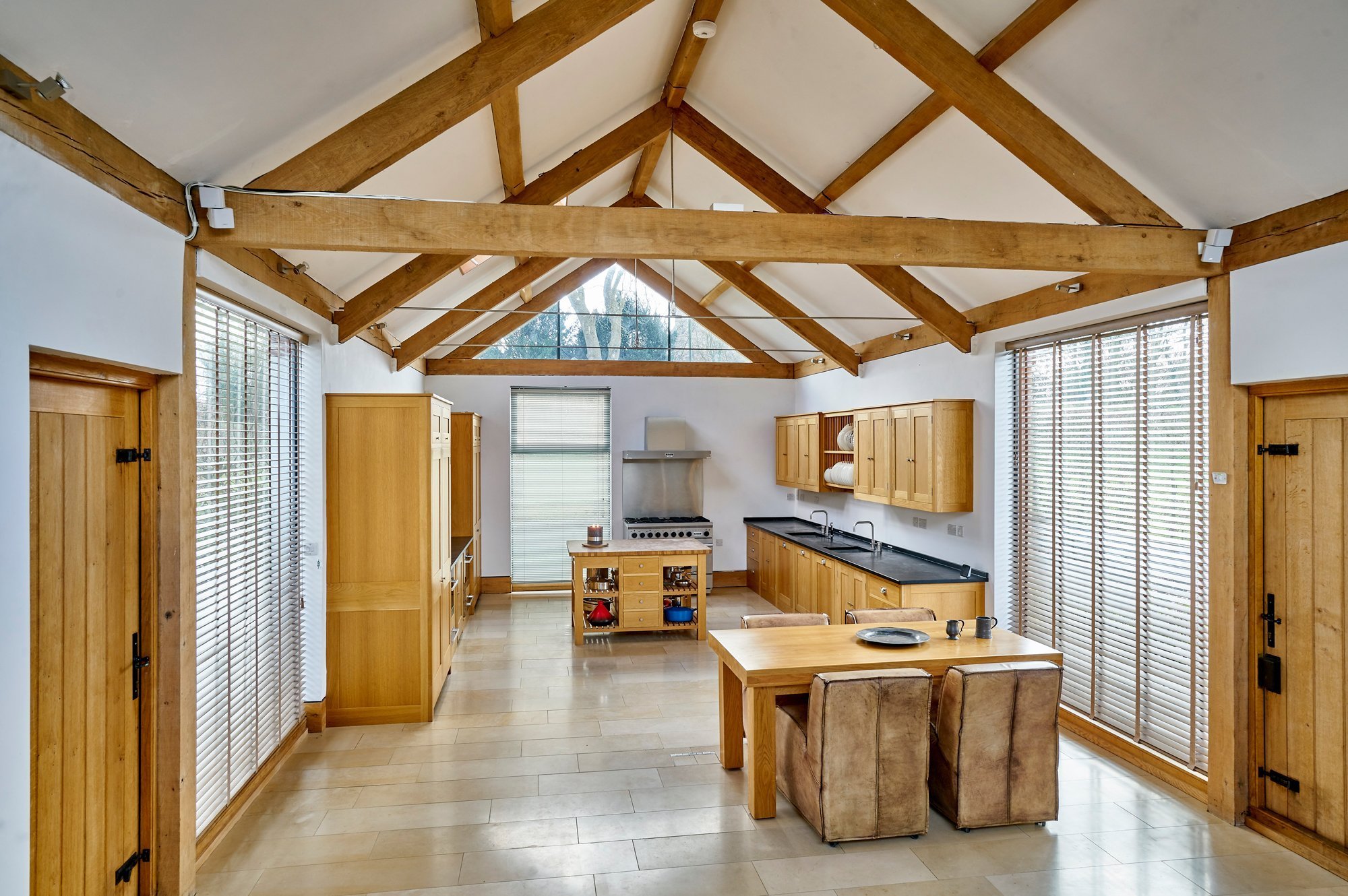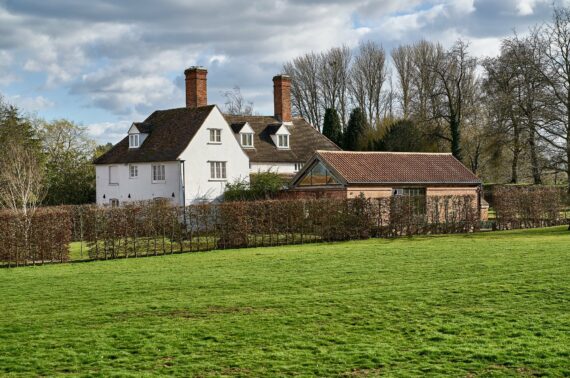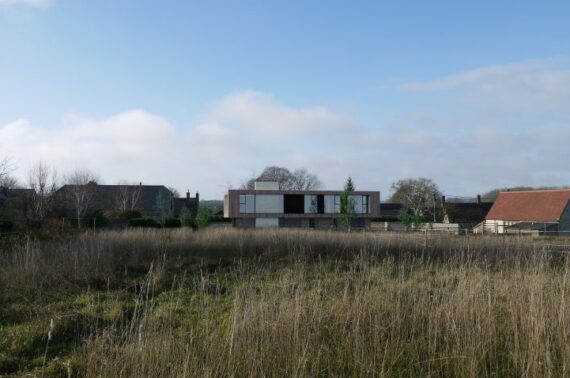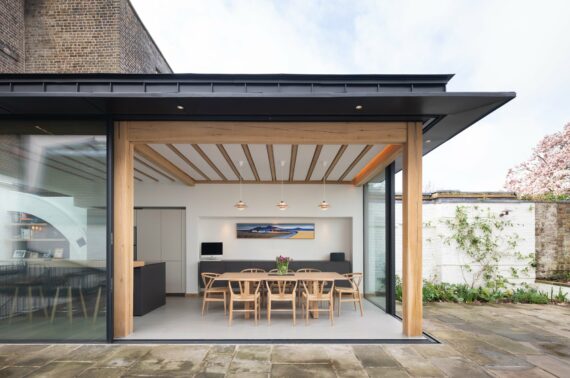New planning changes provide development opportunities for redundant farm buildings
- | Helen Ensor
Feedback from regional property auctions suggests that former agricultural buildings have become increasingly popular. Since the government revised its guidance on Permitted Development Rights in spring 2018 it has become a much smoother process to secure consent for converting these redundant, and now unloved, buildings into desirable homes. Many of these buildings will be traditionally constructed historic buildings which contribute positively to their surroundings and which have the potential for a sustainable new future.
The revised guidance states that the test is whether it can reasonably be described as a ‘conversion’ or if it constitutes a ‘rebuild’. Of course, the planning process is not always straightforward, and often open to a degree of interpretation, so having the right advice and professional team on hand is crucial to success. The English countryside, with 46 designated Areas of Outstanding Natural Beauty (AONBs), over 10,000 Conservation Areas and over 350,000 listed buildings, can be a particularly tricky environment in which to deliver appropriate development.
It is vital that what is designed is appropriate for the location, respects the significance of any designated or non-designated heritage assets and their settings, and is generally complementary to the surroundings. Also essential is ensuring that the design makes the most of the vernacular character of the buildings, rather than eroding it. This means a tricky balance of installing features to improve domestic comfort (larger windows, sustainable heating and lighting systems, kitchens and bathrooms), while keeping the functional and often quite humble character of the original buildings.
At Donald Insall Associates we advise our clients that the first step should always be developing an understanding what is significant in terms of heritage assets through rigourous research and analysis. We then balance new interventions with good conservation practice, ensuring buildings can evolve sustainably to meet modern accommodation needs.
We have employed this philosophy at a number of sites recently. For example, we were asked to produce a heritage assessment of a farm located in Mears, a village of Northamptonshire for the University of Oxford. The issues here were two-fold: first to catalogue the features of significance to the listed buildings so that they could be retained and restored as part of the conversion works and second to provide evidence to support the conversion of one outlying building which was outside the village boundary and therefore ineligible for conversion, according to the Local Planning Authority.
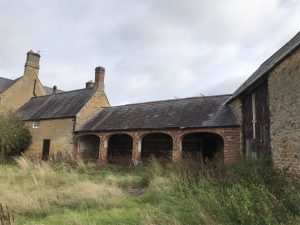
A 19th century open fronted brick cart shed
adjoining the south wing of the farmhouse,
Village Farm, Mears, Ashby
Our research showed that this outlying building actually pre-dated the historic ‘model farm’ and therefore the building was crucial in understanding the history and development of the farmstead; we successfully argued that it was important to convert all of the buildings together in order to maintain the significance of the farmstead as a whole. We also advised that if it remained unconverted it would collapse, and its loss would be harmful to the heritage values of the site.
If you are considering converting a building in a sensitive or historic setting, or are looking to develop options for any redundant buildings in your ownership or guardianship, we can provide the professional advice needed to guide you through the process.
